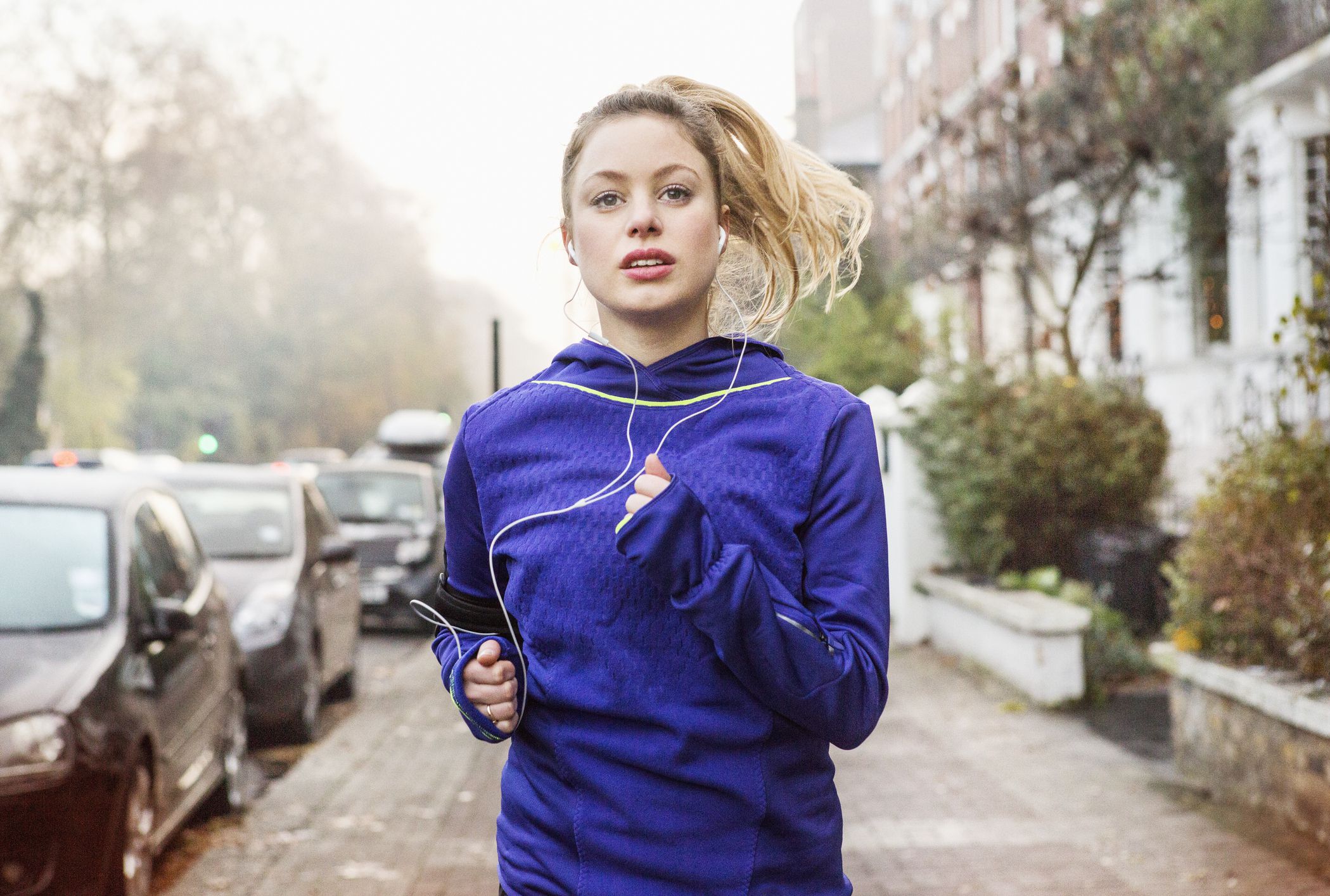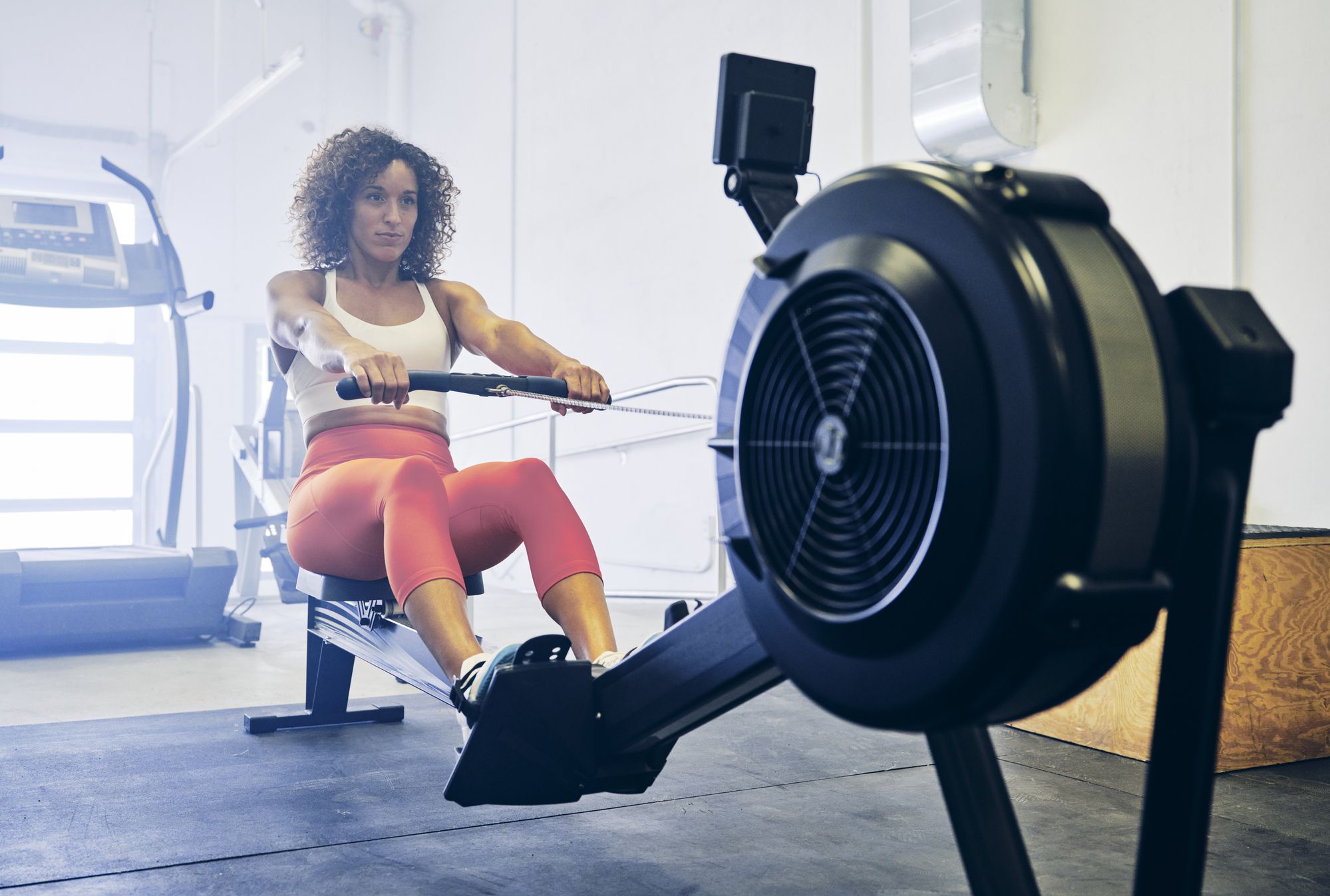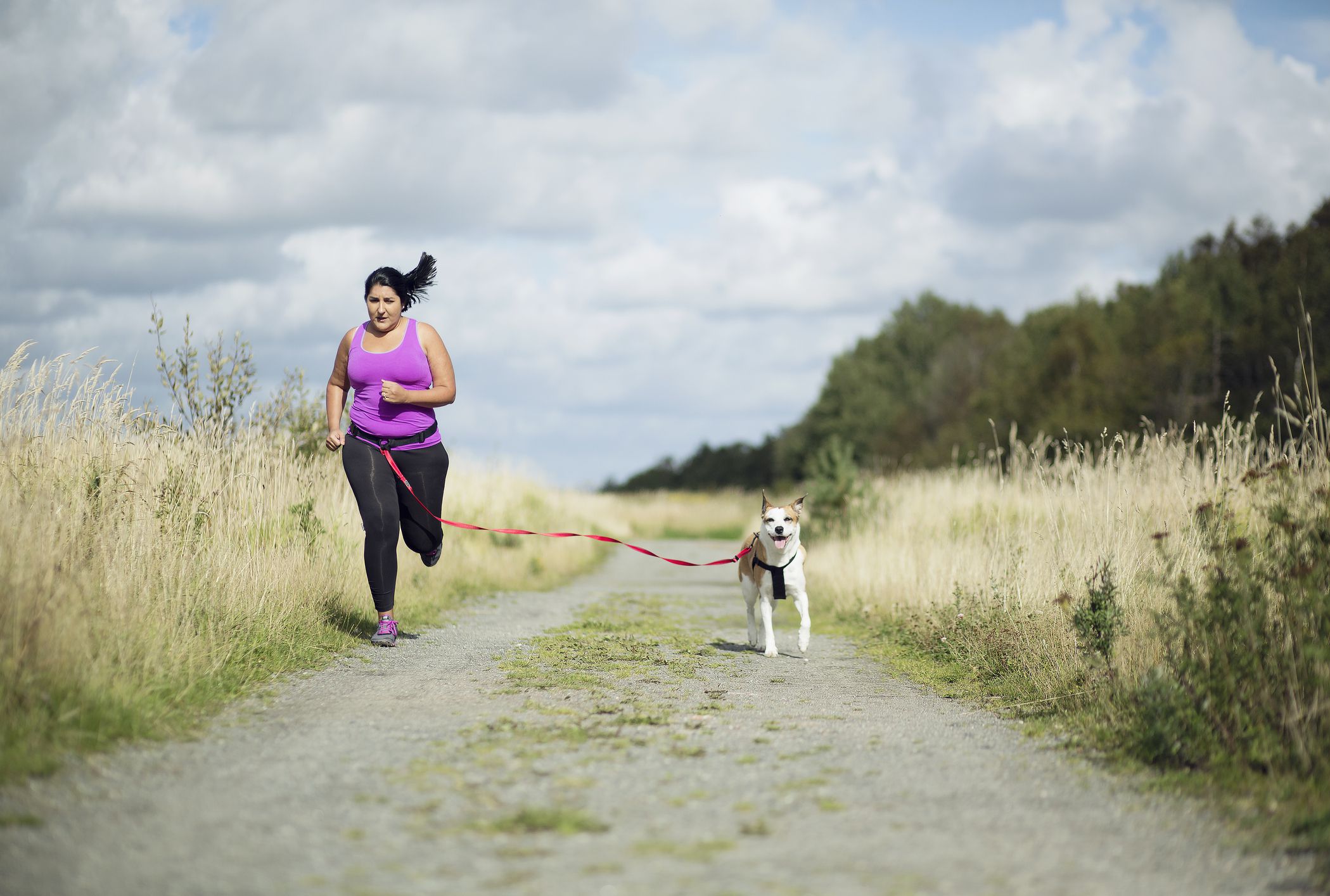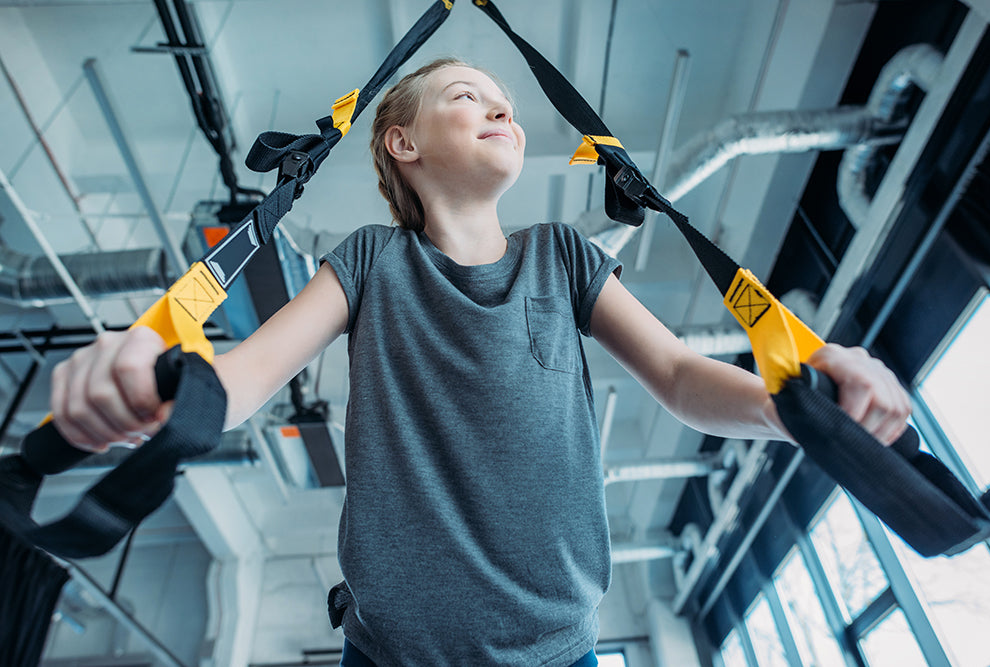
“Don’t run in the house!” This is a phrase you may have heard a time or two growing up, or perhaps even said it yourself. Although we have been warned against it ever since we can remember, “home running” can actually be a great form of exercise.
You don’t need a treadmill to run in the house. You can run in place, run in your yard, or use your stairs to get your heart pumping, and mimic the results you would receive from a treadmill, or running outdoors.
Run in Place
Running is a great workout to increase your cardiovascular endurance, and decrease your risk of death from all causes, including cardiovascular disease. Just 5 to 10 minutes per day at slow speeds (less than 6mph) has been shown to have marked results.
You can even run in place and get a great health benefits. Studies show that running in place is beneficial for reducing muscle fatigue and providing load to diverse muscles to improve the respiratory and circulatory systems. The outcome of running in place is simultaneously improving aerobic exercise ability and muscle strength.
Dex Moore, RRCA Running Coach
Running in place is a great opportunity to develop your running movement pattern.
— Dex Moore, RRCA Running Coach
“Running in place is a great opportunity to develop your running movement pattern,” says Dex Moore, Pose Method Running Technique specialist and RRCA running coach. “Almost everybody runs in place with good technique.”
According to Moore, when you run in place, you pull your feet off of the ground and under your hips, one at a time, allowing your support leg to drop under your center of gravity to catch you. The ball of your foot lands first, followed by a light touch of the heel before pulling back up.
“Practicing this pattern strengthens your lower legs and can prepare you for distance running, if you ever chose to do so,” he says.
A Quick Start Beginners Guide for Running Your First Month
Get Outside (At Home)
Your yard can serve as a great place to get your run in. It has been proven that working out outdoors has greater benefits than working out indoors. There is a link to a more positive moods, resiliency, and feelings for revitalization. You don’t have to leave your property limits, though, to access the perks of being outdoors.
Using your yard to run is a great option because you can use it to run quick back and forth sprints with a clear path.
In fact, a small yard may actually be optimal for sprints, as research shows that fewer/shorter sprints are associated with aerobic adaptations and health benefits similar to or greater than with moderate-intensity continuous training. Your yard is a perfect location for this type of training.
“Running around your yard is a great way to increase the demand from running in place”, says Moore. “The more distance you cover per stride, the more force your body has to work to handle. Going from in place to short easy efforts around the yard is a great way to progress. You can also try doing these efforts barefoot in order to strengthen the intrinsic muscles of your feet”, he adds.
Why More Runners Are Embracing the Barefoot Running Trend
Hit the Stairs
If you have a set of stairs in or outside of your house, you can use them to take your “home running” to the next level. Stairs will add a level of difficulty, both ascending and descending, that a flat road will not.
Many athletes, recreational runners, and soldiers use stairs during their training for this reason.
“Stair running can further increase your strength,” Moore says. “The challenge of going up increases the work on your muscles and also reinforces the good movement pattern of pulling your feet off of the ground. Walking backwards back down the stairs, lowering yourself slowly on each step is a great way to strengthen the muscles and tendons around your knees.”
The use of stairs in daily activity is associated with healthier lipoprotein profiles, lower body weight and blood pressure, as well as higher aerobic fitness. In a comparison of stair climbing at the gym versus in the home, it was found that though many results were the same, only the home-based participants reduced their fasting blood glucose.
Stair Running Workouts to Build Speed and Power
Pros and Cons of Home Running
When determining if home running is right for you, you will want to think about the pros and cons. While there are definitely some benefits to home running, there are some downsides that may make it more challenging, like living in a small space or an apartment. Here are some things to consider.
Pros
- Home running is free. You don’t have to spend any money to run in your own home.
- It’s convenient. You don’t have to take the time to travel to a separate location. You can lace up your shoes, and get moving.
- There are health benefits. Though you are not leaving the comfort of your own home, you can still reap the same cardiovascular benefits you get from taking your run to the streets. Runners have a 25% to 40% reduced risk of premature mortality and live approximately 3 years longer than non-runners.
- Bad weather? No problem. When running in your home you don’t have to worry about the outdoor elements.
Health Benefits of Running and Jogging
Cons
- It’s loud. If you live in an apartment, or with others “home running” can be quite disruptive to others.
- There are risk factors. Running on stairs can pose a potential for danger. There may also be more obstacles or slippery surfaces to navigate when running at home.
- Outdoor running may have more mental health benefits. Studies show that outdoor natural environments may provide some of the best all-round health benefits by increasing physical activity levels with lower levels of perceived exertion, altering physiological functioning including stress reduction, restoring mental fatigue, and improving mood and self-esteem and perceived health.
How To Run in All Seasons
A Word From Verywell
Running is a great workout to increase your cardiovascular health, and you can do it from the comfort of your house. Run in place, up and down your stairs, and in your own front yard, and get all the benefits of a treadmill.
Home running also is cost effective, accessible to anyone, convenient, and you don’t have to worry about any of the outdoor elements, dogs chasing you, or unsafe neighborhoods. Overall, it is a wonderful addition to any fitness routine.
Frequently Asked Questions
-
Is running at home effective?
Yes, running at home can be effective. The most important factor is how comfortable you are. The effectiveness of running is not necessarily determined by where one runs, but by how comfortable they are while running. This includes the running surface and any perceived hinderances to running (ie. unleashed dogs or cars).
Learn More:
11 Reasons to Start Running
-
Is it better to run outside or at home?
While you can run either place, there may be better benefits to running when you take it outside. There is evidence to suggest that people who workout outdoors may workout for longer and at higher levels of intensity than they do indoors. Outdoor environments are also linked to greater stress reduction.
Learn More:
Running on a Treadmill vs. Outside
-
Can you run inside without a treadmill?
Yes, you can inside without a treadmill. Plus, there are many options available to you. You can run in place, run stairs, or run in your yard. It has been found that both treadmill running and overground running share the same body mechanics to perform.
Learn More:
How to Start Running: The Absolute Beginners’ Guide




















